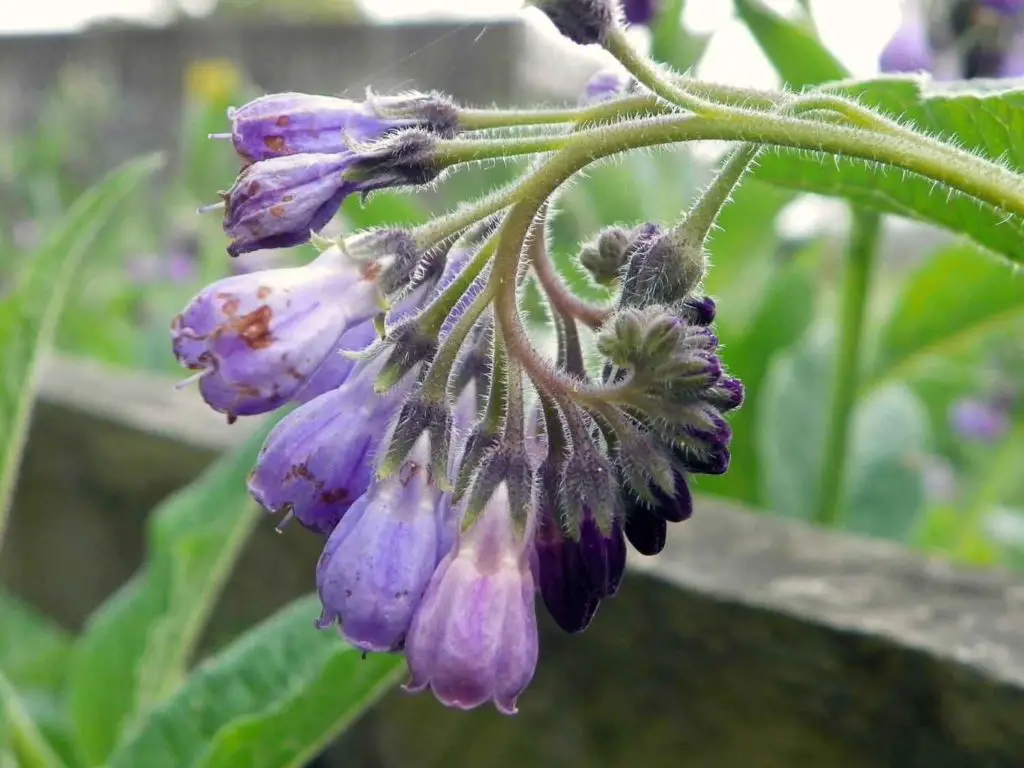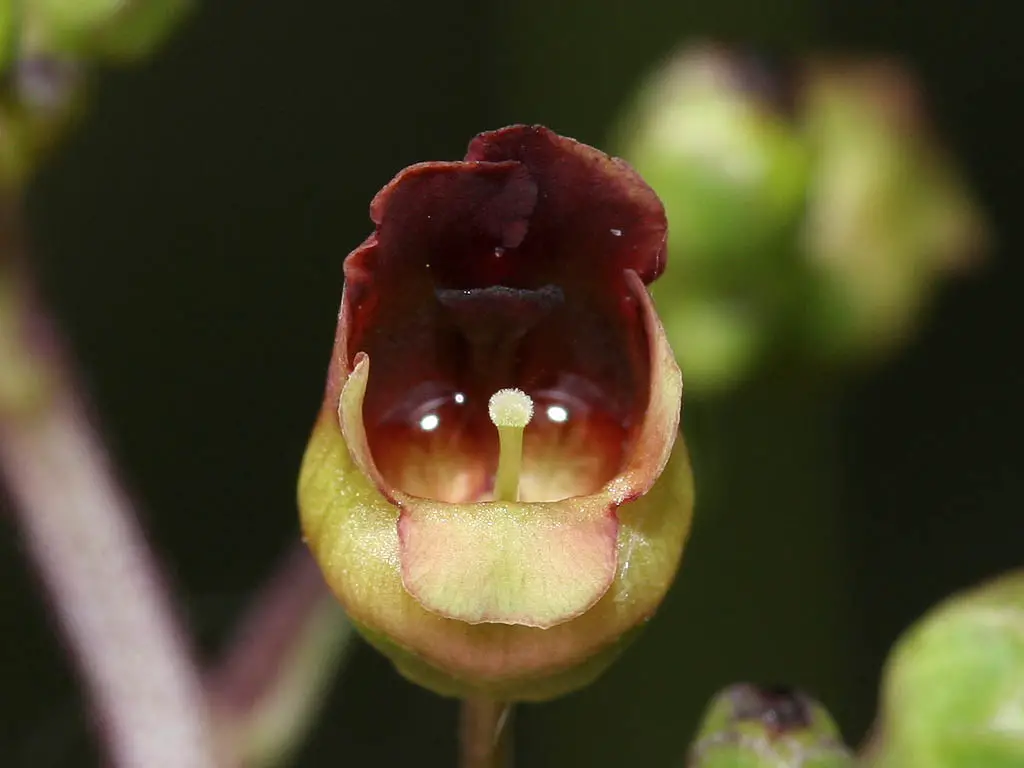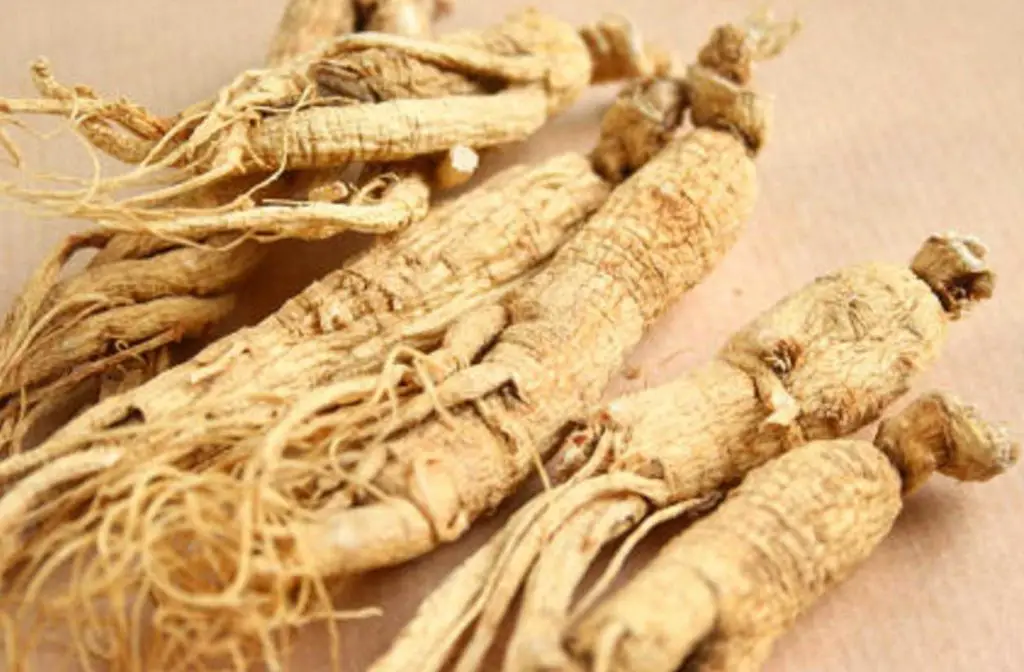What is Yerba Santa?
Yerba Santa, also known by its scientific name Eriodictyon californicum, is a flowering shrub measuring up to eight feet off the ground with white or lavender flowers. It natively grows in California, Arizona, Nevada, Oregon, and Northern Mexico. The plant is said to emit an unpleasant odor and has a bitter taste that eventually turns sweet, and some say the sweet flavor is reminiscent of bubble gum. The leaves were used by Native American tribes like the Chumash people as a traditional medicine, and they are traditionally administered as a poultice or as a steam treatment. It was later introduced to early Spanish settlers who originally named it Yerba Santa or “Holy Herb” because it was so effective at treating respiratory ailments. It was also used less frequently to treat external conditions like bruises, wounds, bugs bites, and even hemorrhoids, although those conditions are not frequently treated using Yerba Santa today.

Despite its own initial bitter taste, the leaves were also once used by pharmaceutical companies to mask the bitterness of many drugs, and it was occasionally used as a flavoring extract in several foods and beverages. Yerba Santa has several medicinal uses, and up until the 1960s it was used regularly by doctors until a law passed in the United States saying that medicines needed to be tested experimentally and clinically in order to prove their efficacy. After that, many pharmaceutical companies were not willing to invest in testing the uses of this plant. However, there are a few small studies as well as a myriad of testimonial evidence that promotes its use in the health industry. Despite this, most of what is known about Yerba Santa’s medicinal properties comes from traditional folk medicinal practices. In modern use, the leaves of the plant are typically dried and then made into an extract or tea, although other forms are still available.
Yerba Santa Benefits, Uses and Effects
Smudging
Smudging is a traditional Native American practice where herbs are burned as incense for various purporses. Yerba Santa is often one of several herbs used in infant smudge bundles used to bring health to young children as well as in ceremonial smudge bundles used to honor ancestors, increase physic abilities, and bring health and protection. The bundle would be burned and allowed to smolder during this process. While not tested scientifically, many people who purchase smudge bundles claim that burning them creates a calming environment that releases negative energy.
Asthma
Native Americans would often smoke or chew the leaves as a treatment for asthma. A tonic or tea made from the leaves of the plant is also useful for treating chronic asthma, and this method was frequently used by early European settlers in the western U.S. Although research in this area is lacking, many people who purchase Yerba Santa supplements and extracts claim that they found using Yerba Santa was more effective and easier to administer than typical asthma treatments. In many cases customers say that a single drop helps ease the symptoms of asthma anywhere from 4 to 24 hours.

Allergies
Although there is not much research in this area, Yerba Santa is useful in clearing out the mucus caused by allergies and ridding the body of perpetually congested sinuses. It is also said to augment the flow of urine, detoxifying the body of allergens. Many customers say that the herb is very useful in treating allergies when used in tea. Additionally, nasal sprays are also very popular among those who use the herb, and many say it is very effective in providing relief to a dry, irritated nose. Providing this moisture to the nasal passage also allows the nose to clear out trapped allergens.
Cough
Research supporting a patent in the late 1980s through the early 1990s also suggests that using an aerosol spray made from a Yerba Santa extract can prevent dryness of the mucosal membranes of the upper and lower respiratory tract. This in turn prevents the lungs from the irritation of bacteria and reduces coughing. Further research shows that the plant can reduce the amount of phlegm produced by the lungs while also addressing inflammation of the mucus-producing tissues, making it great for clearing up the “moist” parts of a cold, like runny noses. Testimony also suggests it is great for treating persistent coughs that did not respond to other medications.
Bronchitis
Yerba Santa was often used as a common medical practice to treat bronchitis starting in the early 1800s up until the 1960s, until laws became more stringent. Because of this there is unclear scientific evidence for this use. Many still use a Yerba Santa poultice to treat lung conditions like bronchitis by placing damp leaves on the chest. Many who have purchased Yerba Santa extracts say that it is very effective in relieving tightness in the chest brought on by bronchitis.
Cancer
A study conducted in 1992 was able to isolate twelve compounds called flavonoids that inhibited the growth of cancer cells in cultured hamster embryos. From this study, they concluded that the plant may be able act as a cancer preventative therapy, and thus it warrants further study on live animals. From this study, they were also able to determine that the plant also contains an antibiotic compound called eriodictyol.
Digestion
As traditionally used by Native Americans, the leaves of Yerba Santa would be rolled into a ball and then chewed in order to promote saliva production. This excess saliva contains digestive enzymes that help to orally digest food, then ease an upset stomach, and improve digestive function. The herb is also thought to help increase appetite, improve bowel movements, and reduce gas and bloating. Although most people who purchase Yerba Santa products do so with the intentions of treating respiratory conditions, testimony suggests that many also see improvements in the digestive system as well.
Mouth
The excess saliva produced when chewing Yerba Santa makes it effective in treating chronic dry mouth. Additionally, the sweet taste produced by the leaves is also effective in treating foul breath. Aside from chewing the raw leaves, oral sprays made from Yerba Santa are available, and reviews of those sprays are mixed, with some suggesting that they prevent oral dryness brought on by sleeping, and with others saying the effects are not long lasting. Clinical studies show that Yerba Santa based oral sprays can provide relief for up to two hours after use. Spray formulas also tend to be designed to prevent tooth decay as well.

Yerba Santa Dosage
There are many ways to take in the medicinal properties of Yerba Santa: extracts, tonics, tinctures, and poultices made from damp leaves. Often times the leaves are dried first and then used to make liquid treatments. Smudge bundles can also be made from dried leaves which can then be burned like incense.
There is no proven safe or effective dose for Yerba Santa for any condition, and depending on factors like age, sex, weight, and condition, a holistic practitioner may recommend different dosages. However, traditional use dictates 1-2 mL of Yerba Santa extract can be taken every 4 hours for up to ten days, and it can be taken by itself or mixed with juice or water. If making a poultice, it can be used by laying warm, damp leaves on the affected area 1-2 times daily for up to two weeks. If ingesting dried leaves, a dosage of 1 gram is recommended. There are no know reports of toxicity or maximum dosages of Yerba Santa.
Some suggest drinking a tea brewed from the leaves of the plant regularly to break up mucus and prevent respiratory illnesses. A tea is generally brewed using one teaspoon of dried leaves per one cup of water, and then it should steep for ten minutes.
Yerba Santa Side Effects, Safety, Dangers, Contraindications and Warnings
Due to the the lack of studies, there isn’t much information about the toxicity and side effects of Yerba Santa. As such the herb has not been approved by the U.S. Food and Drug Administration for safety purposes. However, traditional use by Native American tribes dictates its safety and modern medical professionals generally regard it as safe. It is not recommended to be used by women who are breastfeeding or pregnant, and some practitioners strictly advise against its use by pregnant women. Some people have been known to have an allergic response to Yerba Santa.
There are possible drug interactions due to the way Yerba Santa works with the liver’s cytochrome P450 enzyme, and it is advised to consult with a doctor before using Yerba Santa. There may be possible interactions if taking Lithium concurrently with Yerba Santa in that the body many not be able to filter out Lithium properly. It may also affect how the body absorbs iron. Although Yerba Santa is frequently used to help relieve the symptoms of asthma, many warn not to rely solely on the plant to treat the condition.
Some people report that chewing the leaves can leave a gummy residue on the teeth.
FAQ
Does Yerba Santa have caffeine?
Yerba Santa is naturally caffeine free, although some supplements (like teas) may add caffeine during the packaging process.
References:
https://books.google.ca/books?id=5INyROQ9vHoC&printsec=frontcover&dq=the+complete+guide+to+herbal+medicines&hl=en&sa=X&ved=0ahUKEwj_8sSHu6HZAhWL24MKHZPtAN8Q6AEIKTAA#v=onepage&q=the%20complete%20guide%20to%20herbal%20medicines&f=false
https://www.ncbi.nlm.nih.gov/pubmed/1593282
https://www.ncbi.nlm.nih.gov/pubmed/22059530
https://www.ncbi.nlm.nih.gov/pmc/articles/PMC1062165/
https://www.ncbi.nlm.nih.gov/pmc/articles/PMC4391372/
https://patents.google.com/patent/US5128132A/en





It doesn’t grow natively in Oregon. The furthest north I’ve seen in when I worked in TSE species as a Federal regulator/biologist was about 3 miles south of Mt. Ashland just inside California on the Oak Knoll District of the Klamath National Forest. A true California endemic, it’s native range is from the Oregon border to about 2/3 the way down the state of California.
Well that’s certainly interesting. It’s good to get a first hand perspective on where Yerba Santa grows.
Pretz nasal spray helps my sinus problems greatly because it has the extra ingredient yerba santa.